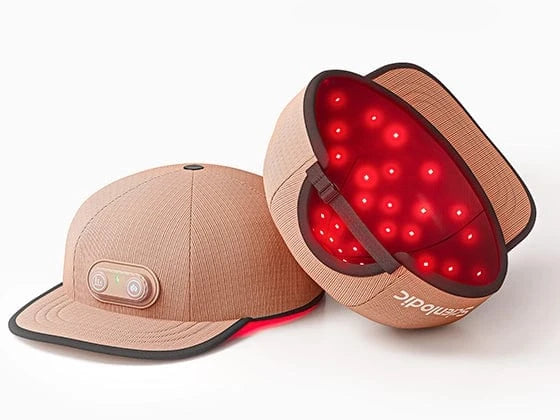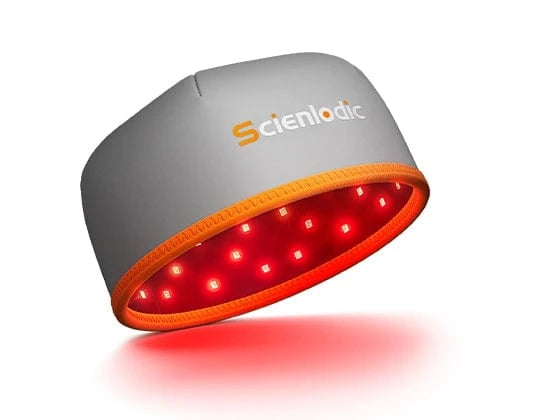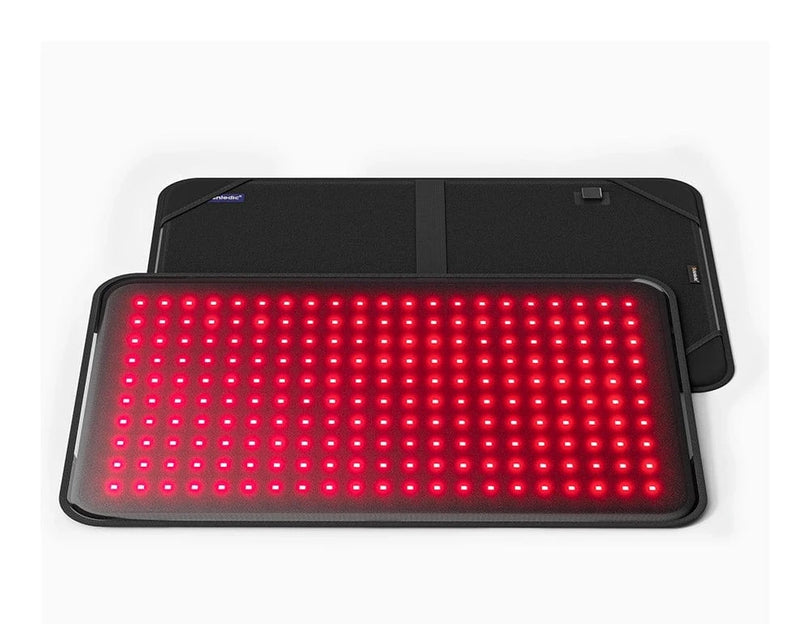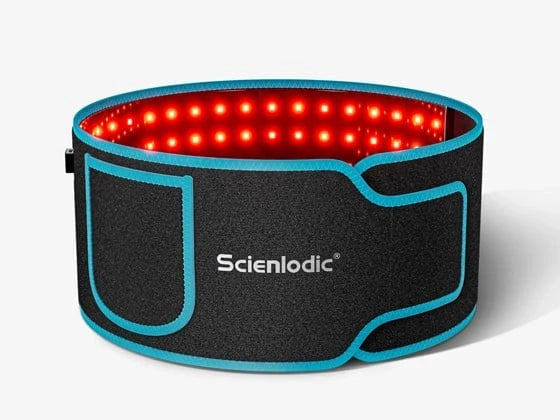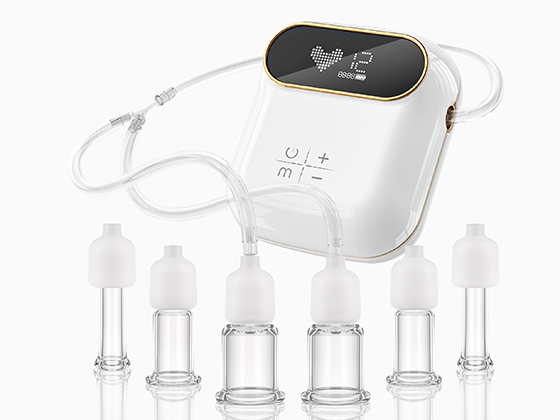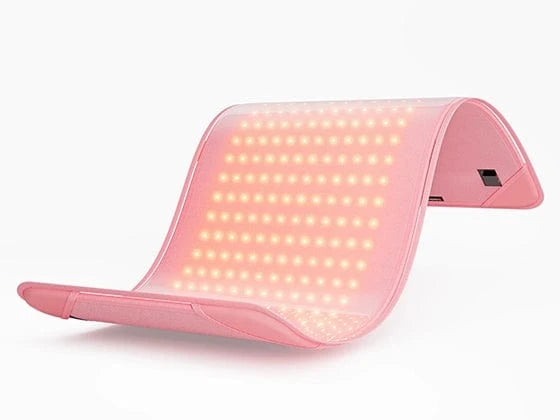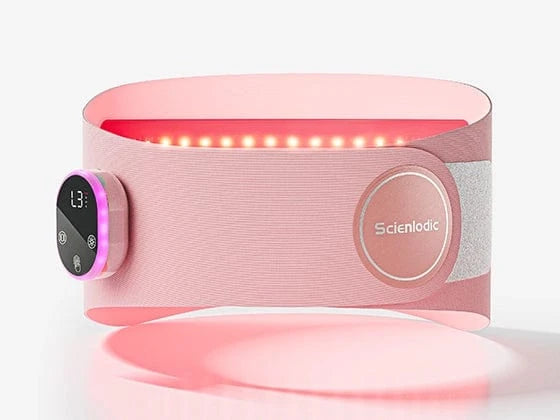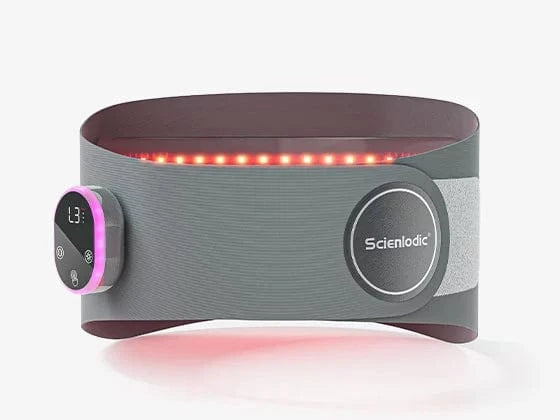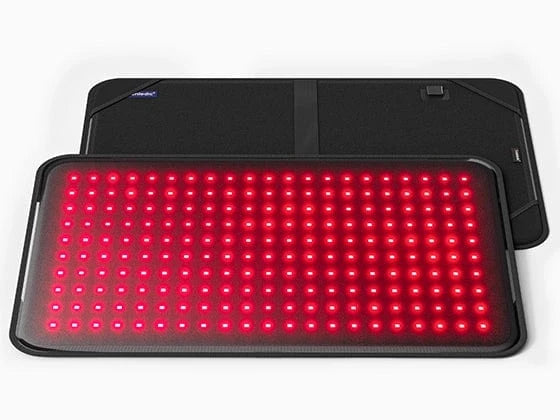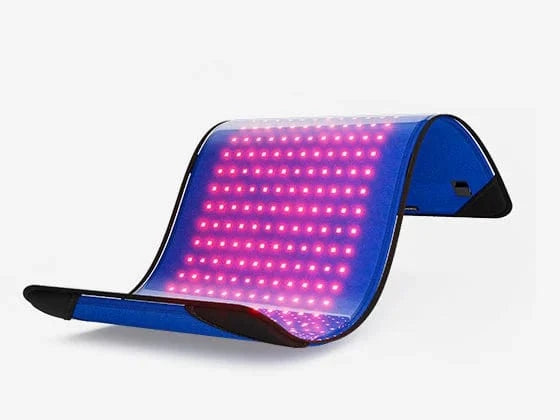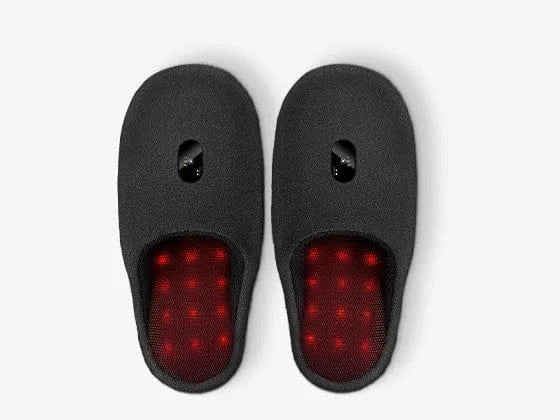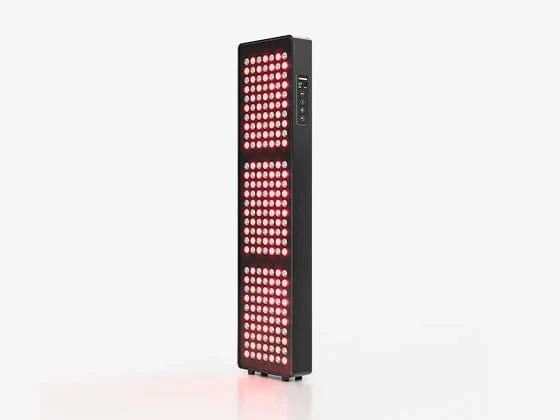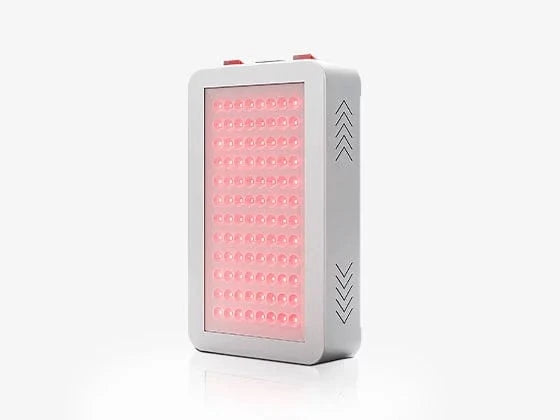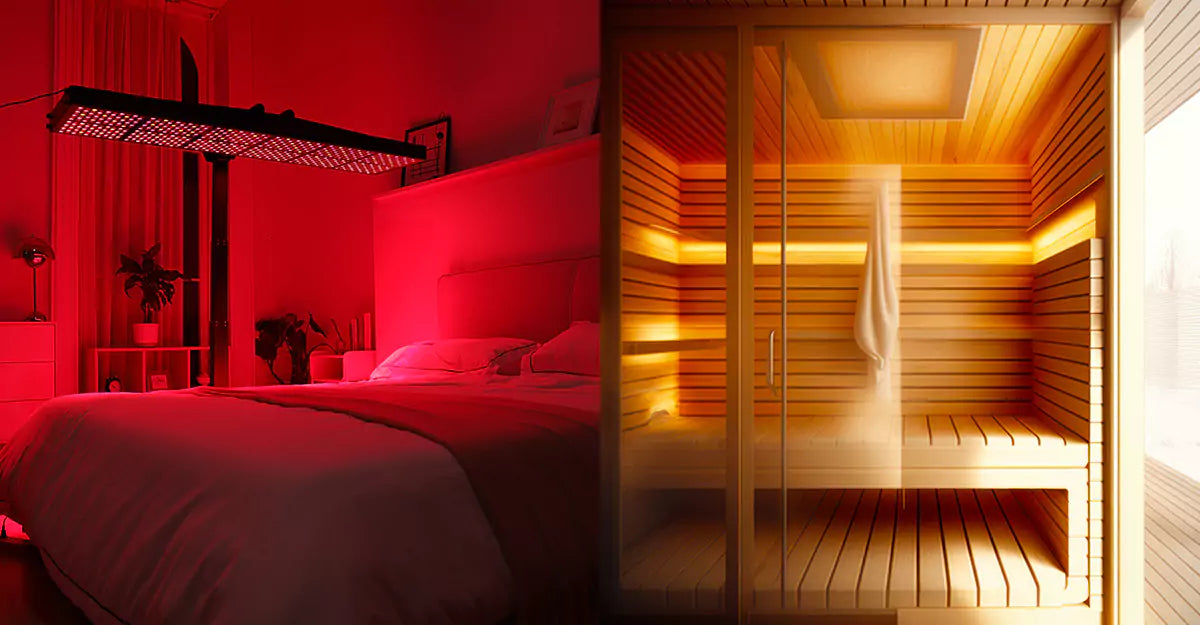Red light therapy stands as a revolutionary approach, harnessing the potential of light to expedite the body's natural healing mechanisms. Light, a powerful influencer of cellular functions, takes center stage in this therapeutic method. Specifically, red light, with its defined wavelength range, has demonstrated remarkable benefits for overall health.
To grasp red light therapy devices, start by recognizing differences in the bulbs available. Understand various types in the market for a clear understanding.
Types of red light therapy bulbs
When searching for red light bulbs, you'll likely encounter various options such as incandescent, halogen, fluorescent, or Light-Emitting Diode (LED) bulbs. However, if you're considering trying red light therapy, let's get straight to the point: we strongly believe that LED bulbs are the optimal choice.

Why LED Red Light Therapy Bulbs are the Best?
In the realm of red light therapy, LED bulbs stand out as the preferred option for several compelling reasons.
LED lighting technology, introduced in the 1960s, has evolved into one of the safest, most energy-efficient, and durable lighting choices. By the late 1980s, NASA's exploration of the potential benefits of growing plants in space led to the use of LED technology to enhance astronaut health. This, in turn, sparked extensive research on LED light therapy for general human well-being.
I'll explain this based on wavelength, color, heat emission, energy-saving, precision treatment, durability, and safety.
Wavelength
First and foremost, the fundamental principle of red light therapy involves delivering concentrated wavelengths directly into the skin—something incandescent, fluorescent, and halogen bulbs simply cannot achieve.
As we browse various product pages, it's evident that nearly all vendors prominently feature the red light wavelength as a primary selling point, underscoring the crucial importance of scientifically accurate wavelengths in red light products.
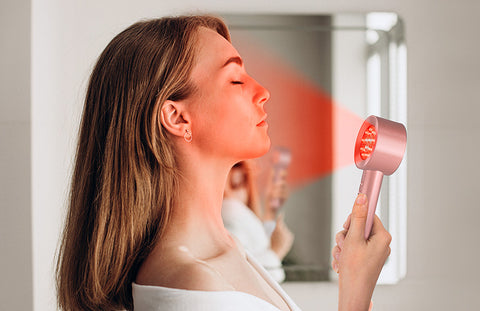
LED bulbs can emit precise wavelengths through programming, a capability lacking in other bulb types and a fundamental distinction. Moreover, it's not a fair competition; fluorescent and halogen bulbs are fundamentally unsuitable for light therapy. Why? They cannot produce the correct wavelengths.
While LEDs can generate the entire spectrum of visible light, they can also be designed to emit specific wavelengths within the therapeutic range, such as 630nm to 660nm (red light) and 810nm to 850nm (near-infrared light).
Color
LEDs can produce light in any color, depending on the materials used in semiconductor manufacturing. When using LEDs, you can adjust each bulb to emit light of specific wavelengths. This is crucial as it allows you to control the light, giving it a specific color or wavelength during creation.
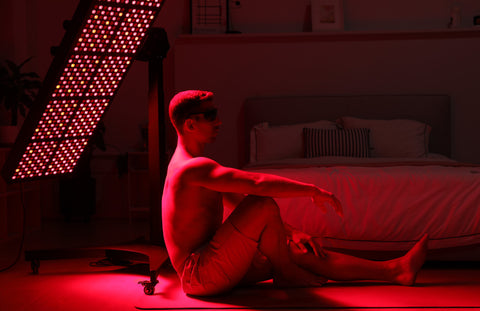
Heat Emission
They generate lower heat. LED bulbs produce minimal heat and do not generate a significant amount of warmth.
Energy-saving
Since the way LED bulbs produce visible and near-infrared energy depends on electronic devices, LED bulbs can provide the same irradiance levels as incandescent bulbs but with much lower energy consumption. They require less energy to release outstanding light output compared to other types of bulbs.
Precision treatment
LEDs produce focused directional light, allowing you to precisely target what is needed for a specific treatment. More light accurately targets the desired areas.
LEDs are small in size, meaning more LEDs can be clustered in a compact area. The more bulbs, the more light energy the treatment area absorbs.
Durability
LED bulbs are exceptionally durable as they do not shatter and are easy to maintain, suitable for various applications. No need for replacements, minimal maintenance – just a gentle surface clean.
Safety
LED bulbs are mercury-free, devoid of toxins or hazardous gases. Therefore, you never come into contact with mercury or other dangerous substances.
Why Incandescent, Fluorescent, and Halogen Bulbs are Not Recommended?
Let's continue our analysis of these bulbs from the perspectives mentioned earlier: wavelength, color, heat emission, energy-saving, precision treatment, durability, and safety.
Wavelength
As previously mentioned, incandescent, fluorescent, and halogen bulbs are incapable of providing specific red and/or near-infrared wavelengths. While they may emit some amount of red and near-infrared light, they also emit all other wavelengths on the visible spectrum, resulting in the emission of white light. In any configuration, you won't achieve the most beneficial specific red/NIR wavelengths.
Color
Any red color observed in incandescent, fluorescent, or halogen bulbs is not due to red light wavelengths but simply the result of a semi-transparent coating or film on the glass. To change the color, one only needs to apply colored film or paint to the exterior of the bulb. This method is cost-effective for creating specific effects but is not suitable for light therapy. Light therapy requires specific wavelengths to provide genuine results, whereas using colored film only changes the color, not the wavelength.
Heat Emission
Incandescent bulbs have a filament inside each bulb, and the flow of current through the filament causes it to become very hot and emit light.
Energy-saving
Fluorescent bulbs have the annoying characteristic of aging over time, with the light becoming increasingly dim, requiring more and more energy to operate. Burning significant amounts of energy, they are associated with health issues.
Precision treatment
These bulbs emit light at a 360-degree angle (radiating light in all directions), rather than in a concentrated beam, meaning insufficient light penetrates your skin. Most of the light doesn't even directly reach the skin. Even if reflected or directed, light loses energy as it propagates, resulting in minimal visible photons effectively absorbed.
Durability
They are prone to breakage.
Safety
They emit low levels of ultraviolet (UV) radiation, which studies suggest can lead to cumulative skin damage. These bulbs are fragile and can easily break. Accidental contact with incandescent bulbs can potentially burn your skin. The UV radiation produced by incandescent and halogen bulbs can harm cells rather than aiding them.
Halogen bulbs are a type of incandescent bulb where a tungsten filament is enclosed in a tube filled with halogen substance (iodine or bromine) and inert gas.
Fluorescent bulbs work by electrifying mercury gas. They contain toxic mercury, so when they fail, they must be taken to a hazardous waste disposal facility and not mixed with regular trash.
Choosing the Right Red Llight Bulb
So, does this mean any red LED light can achieve optimal therapeutic results? The answer is no.
When searching online for a qualified red light product, you'll come across various LED red light therapy products, and you might be attracted to cheaper devices that boast LED bulb construction. When selecting a product, consider the following factors:
Wavelength:
As mentioned, LEDs can emit light at specific wavelengths. Red light and near-infrared light encompass a range of wavelengths. What wavelengths are the most scientific and suitable?
Extensive research has shown that light beneficial to health consists primarily of visible red light and invisible near-infrared light. Studies also indicate that using a combination of wavelengths is more beneficial than a single wavelength. Specifically, the most biologically active range is around 600-700nm for red light and 780-950nm for near-infrared (NIR) light.
Research suggests that red light therapy is most effective when using approximately 660nm for red light and around 850nm for near-infrared light.
Scienlodic stands out for its dedication to scientific research and technological innovation, offering red light therapy products that are aligned with the most beneficial wavelengths for health. These products feature 660nm red light and approximately 850nm near-infrared light, providing users with multiple modes for both individual and combined use.

Number of LED Bulbs:
Another consideration is the number of LEDs in the device. The fewer LEDs, the smaller the surface area you can treat.
Number of Chips in LEDs:
LED bulbs can be made with single chips, dual chips, or triple chips. The more chips, the greater the benefits of red light. Scienlodic's latest hair growth cap, for instance, utilizes three chips to maximize red light benefits.
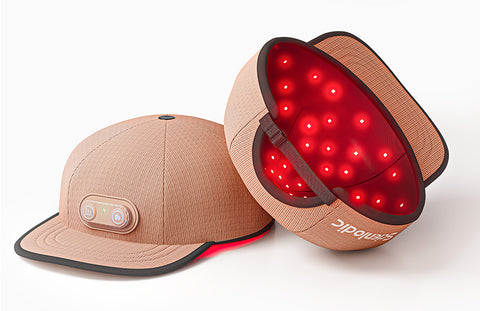
Choosing Home-Use Red Light Therapy Products:
Some red light panel brands claim their products are suitable for home use but use outdated materials. Unlike brands using iron plates for assembly, Scienlodic light panels are made of sleek aluminum alloy, ensuring a modern and aesthetically pleasing appearance.

Pulsation Feature:
Not all red light devices have a pulsation function. Some manufacturers disguise flickering as a pulsation feature to promote their products. This deceptive practice is regrettable.
Research indicates that pulsation during high-intensity light therapy creates a "rest interval" for cells, enhancing treatment effectiveness. Scienlodic's products not only offer dual-wavelength combination modes but also provide options for 10Hz and 40Hz, offering diverse and personalized red light therapy modes.
After-Sales Service:
After-sales service is a crucial factor when purchasing products, especially since quality red light products come at a higher price. Therefore, when choosing a brand, pay attention to their after-sales service, including the warranty period, response time, and attitude in email communication.
Conclusion
In concluding our exploration of red light therapy and the significance of choosing the right bulbs, it becomes evident that LED bulbs stand out as the preferred choice.
Their ability to emit specific wavelengths, generate minimal heat, and offer versatile performance makes them superior to incandescent, fluorescent, and halogen alternatives.
As you navigate through the myriad options available, prioritize the essential elements discussed to make an informed decision on a red light therapy product that aligns with your health and well-being goals.

